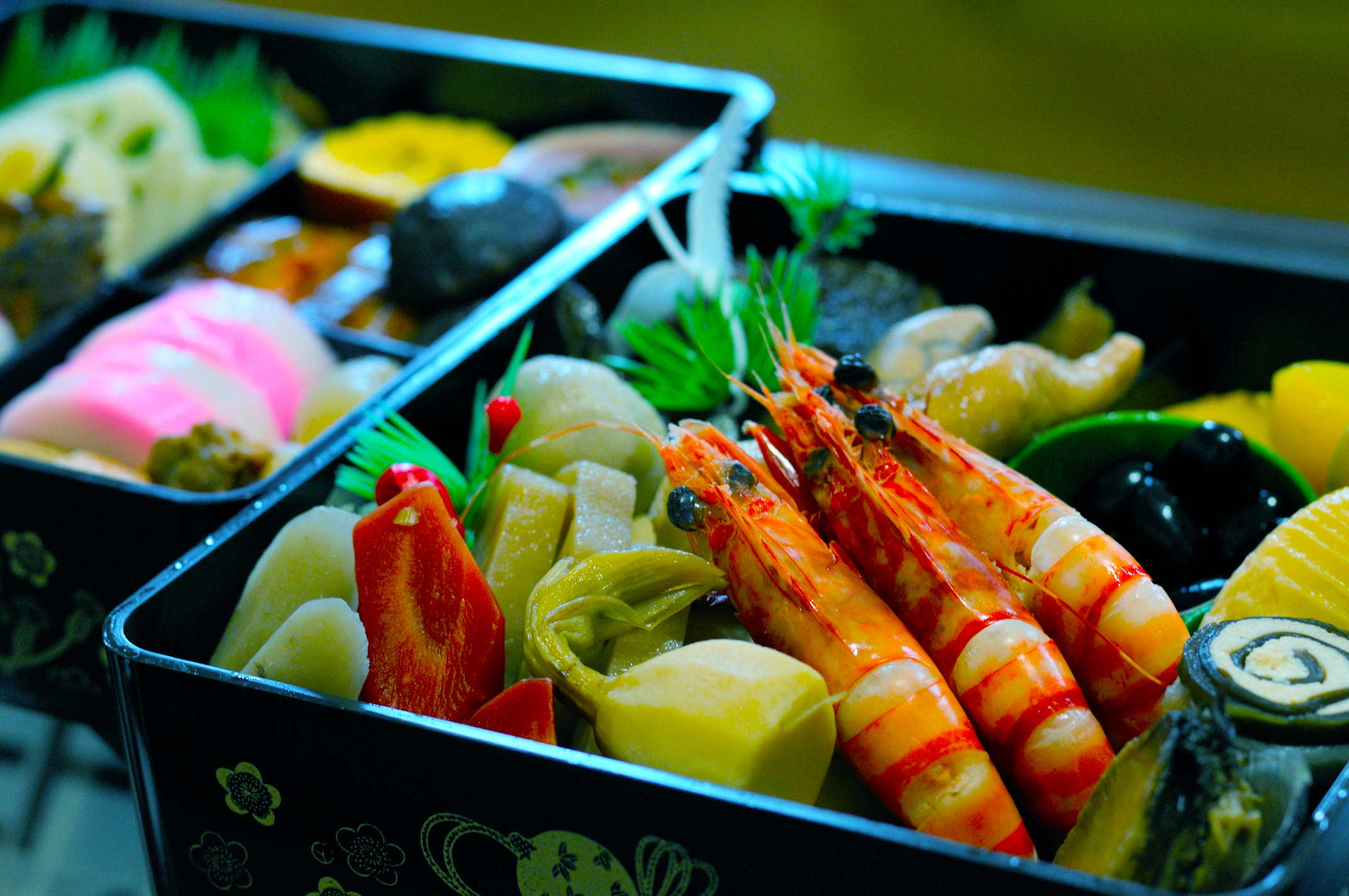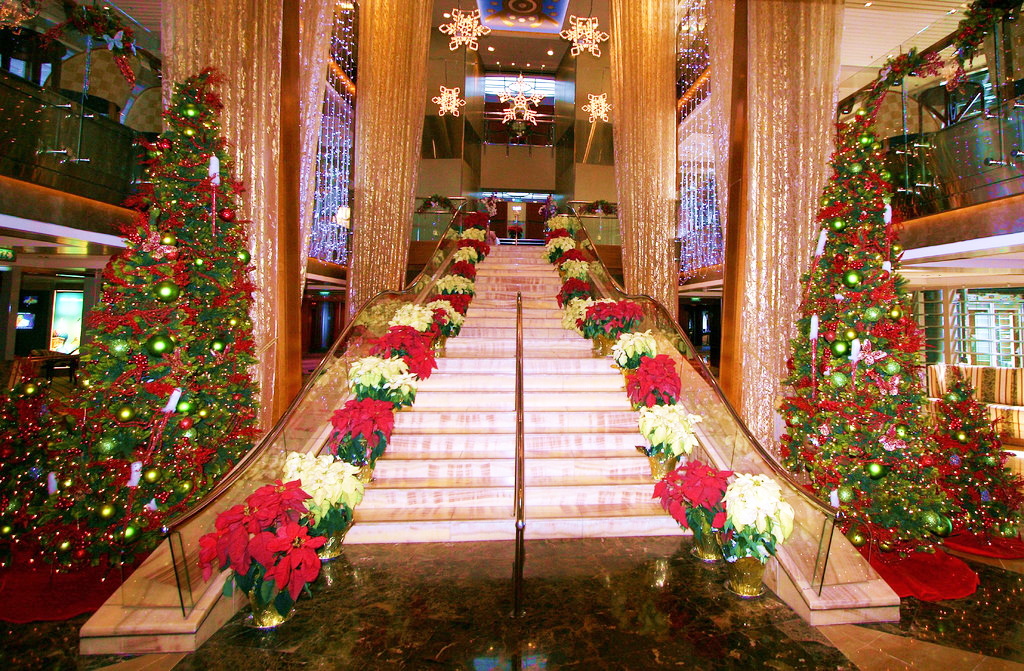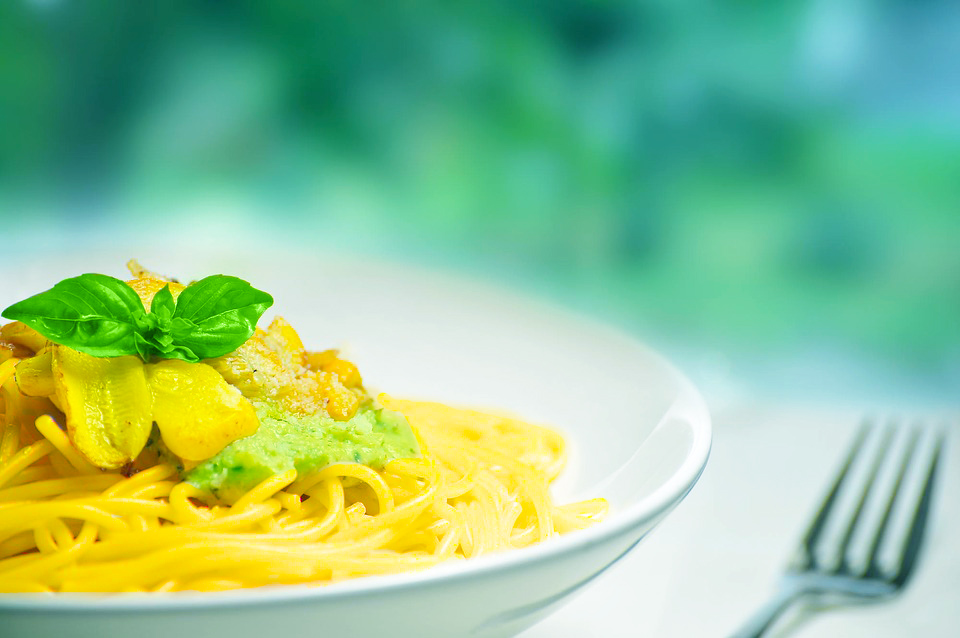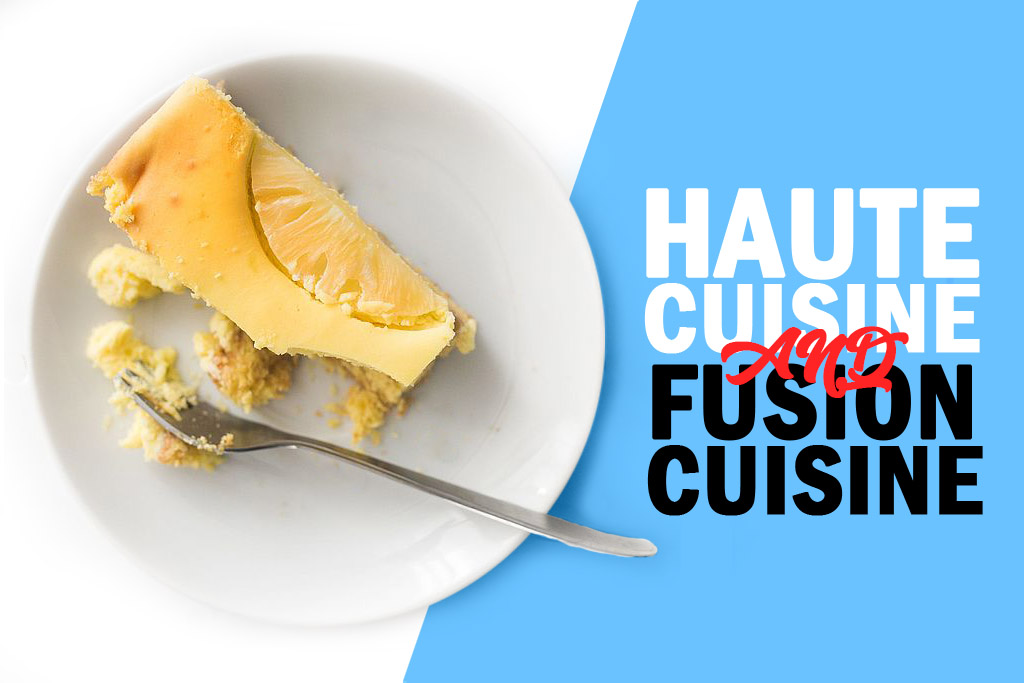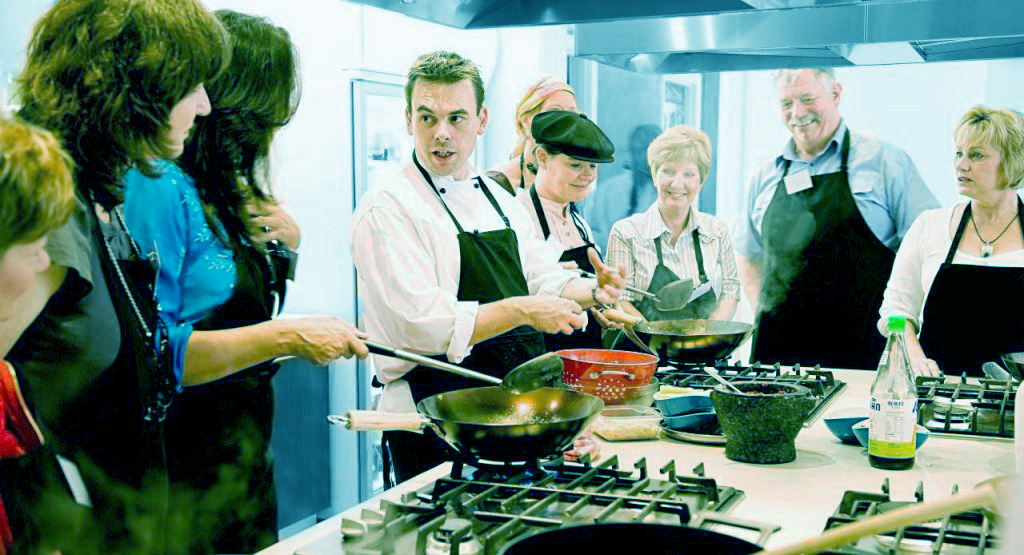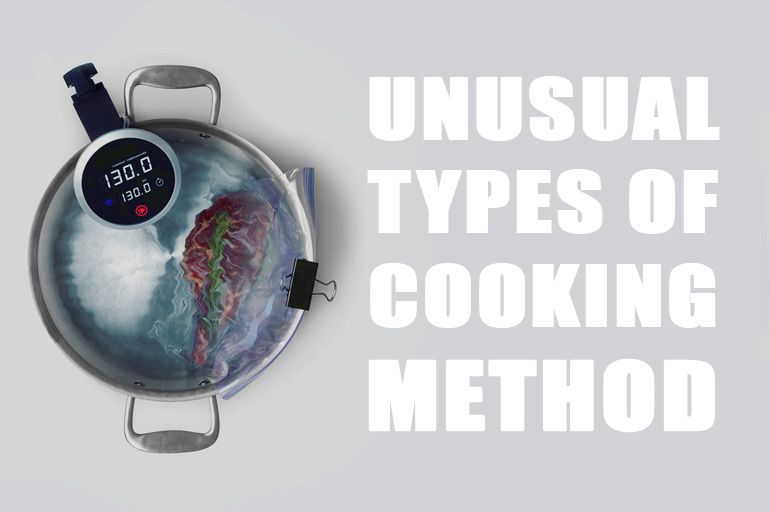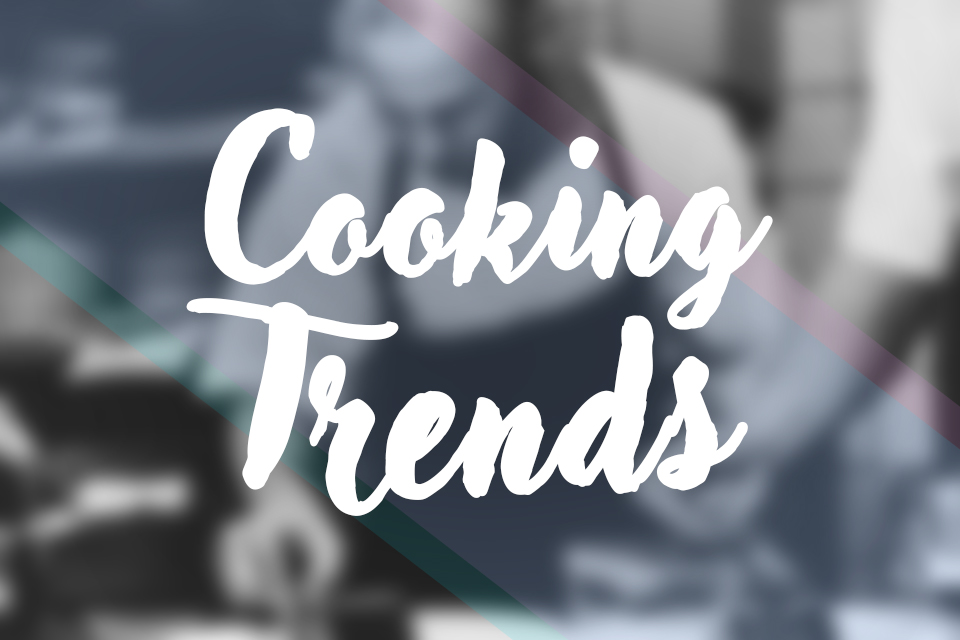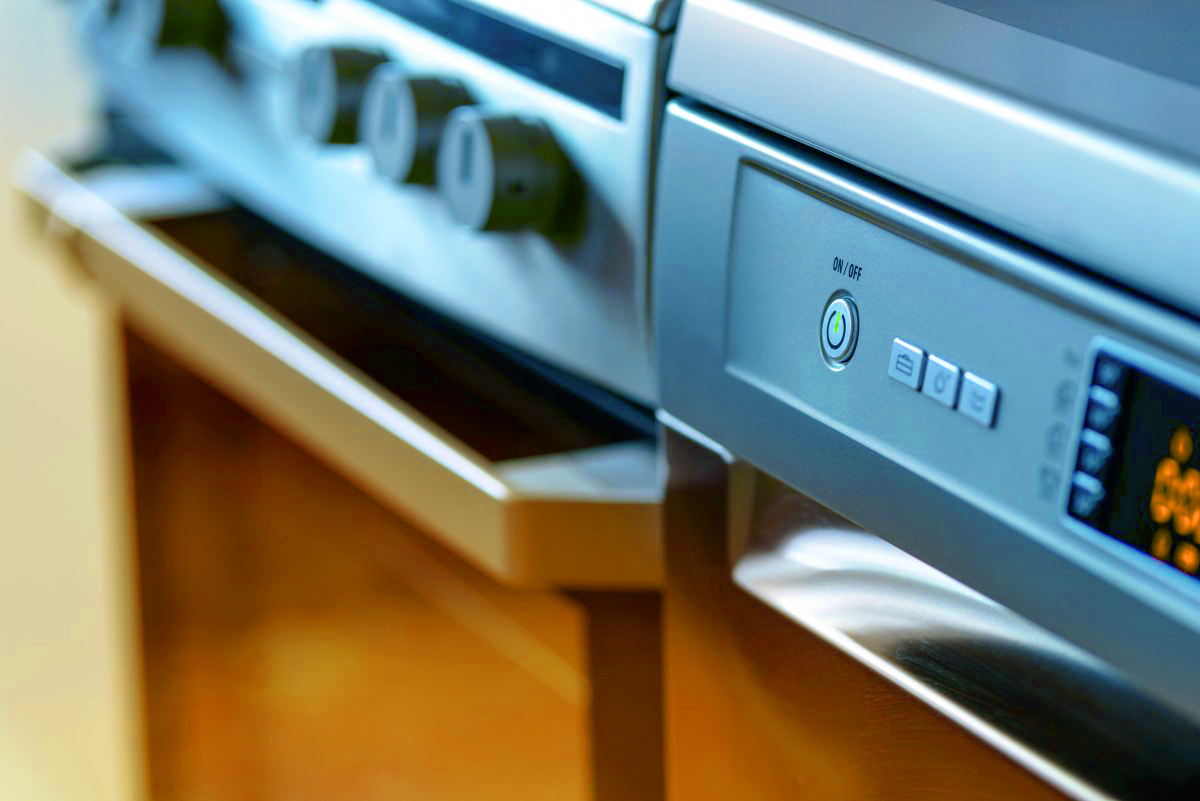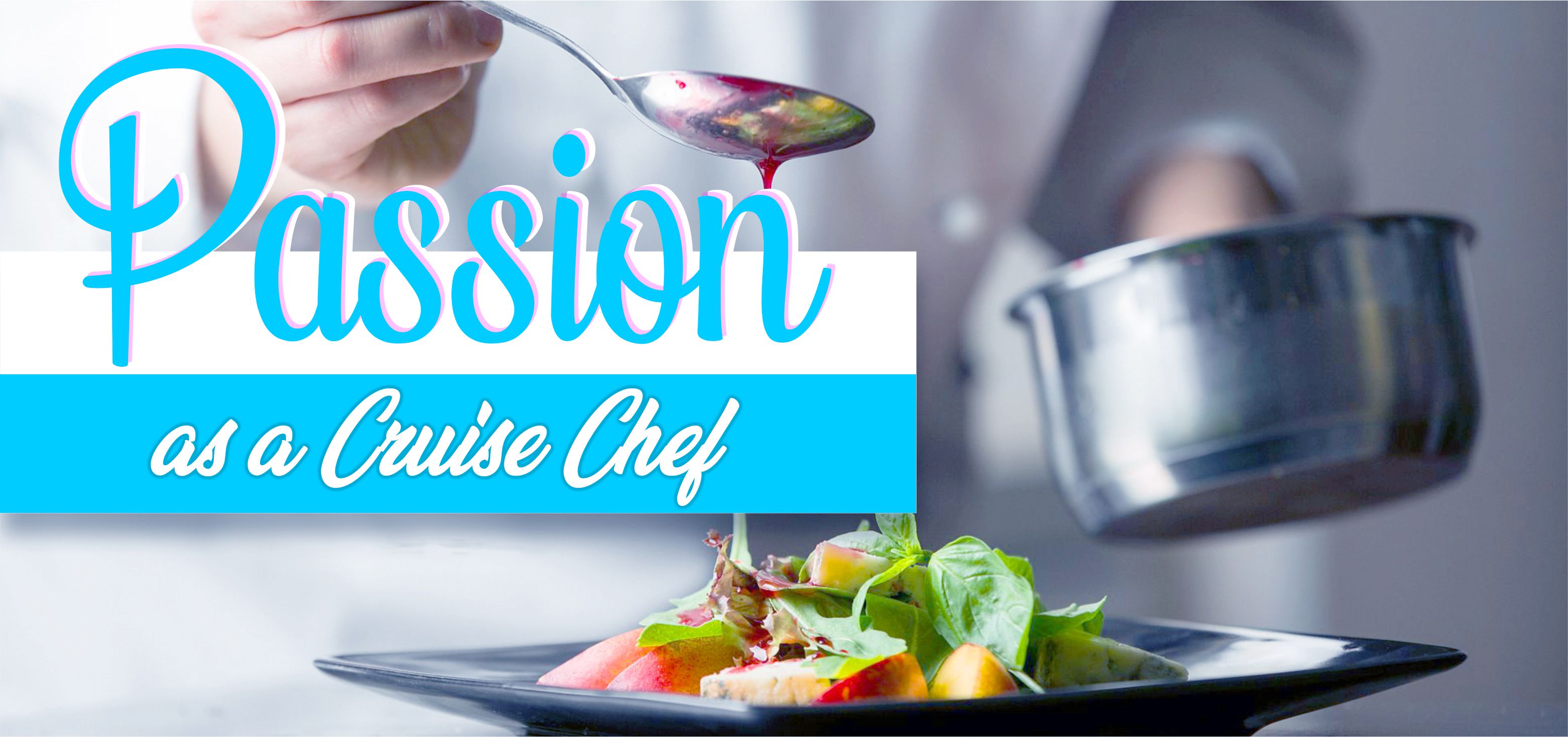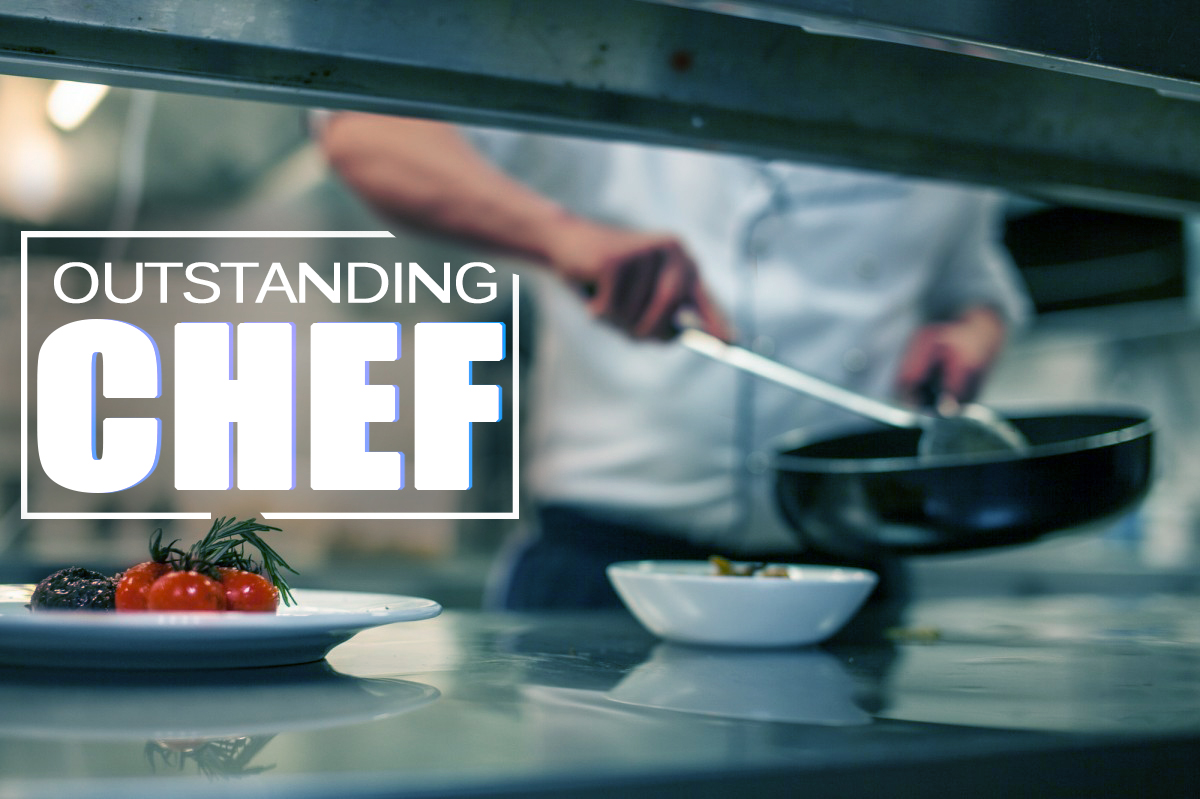 Life as a cruise ship chef often receives criticism. No doubt it is tough and requires long working hours, but the take-aways in terms of skills and experience are immeasurable. Hundreds work as cruise ship chefs but not all are able to leave their mark and stand out. It may not be easy, but following a few basic habits can help you leave your mark as a cruise ship chef to get promotions within the cruise industry or recommendations for when you leave.
Life as a cruise ship chef often receives criticism. No doubt it is tough and requires long working hours, but the take-aways in terms of skills and experience are immeasurable. Hundreds work as cruise ship chefs but not all are able to leave their mark and stand out. It may not be easy, but following a few basic habits can help you leave your mark as a cruise ship chef to get promotions within the cruise industry or recommendations for when you leave.
Keep a clean slate
The pressures of work can take their toll on anyone. It can lead to mistakes, which are understandable; but it can also lead to employees losing their cool with others. Never pick fights, engage in discriminatory behaviour or do anything illegal. These activities will go on record and could affect your next job application. Keeping a clean slate will get you top employee ratings.
Follow instructions
Thousands of dishes are cooked, plated and served at every meal on a cruise ship. Chefs need to know exactly how they must taste and what they need to look like to maintain consistency. It is important to follow instructions so you can help the food and beverage team with their goals. Consistency in quality of cooking, and particularly plating, is always noticed.
Be innovative
Following instructions, however, does not mean you cannot be creative or innovative. If you find something that can be improved or changed, bring it to the notice of your superiors. Good suggestions are welcomed, and although they may not always be implemented due to logistical or technical reasons, they will be noted. These could go on your record when you ask for recommendations for another job application.
Health & hygiene comes first
On cruise ships, hygiene is of utmost importance. Being noted for your strict adherence to hygiene standards will bring you recognition. Make sure you wash your hands often and correctly, keep your uniform spotless, and keep your nails trimmed at all times.
Ensuring you stay healthy and fit also works to your advantage. It might be difficult to exercise when you have long hours, but putting in 20 minutes a day with a well-balanced diet can help a great deal. This shows the company that you are less likely to be a health liability.
Be a team player
Being able to work well with others is always an advantage. When superiors note that you keep team spirits up, can be counted on to take the lead in stressful situations, and maintain composure during crises, they are more likely to promote you.
If others take the lead, make sure you do everything you can to achieve the goal. Coordinate with other members on your team, help those who might need a hand, and ask for help if you feel things are sliding on your end. The main aim is always achieving the collective goal.
In addition, sticking to general rules of hygiene and discipline always help when making your mark as a cruise ship chef.


